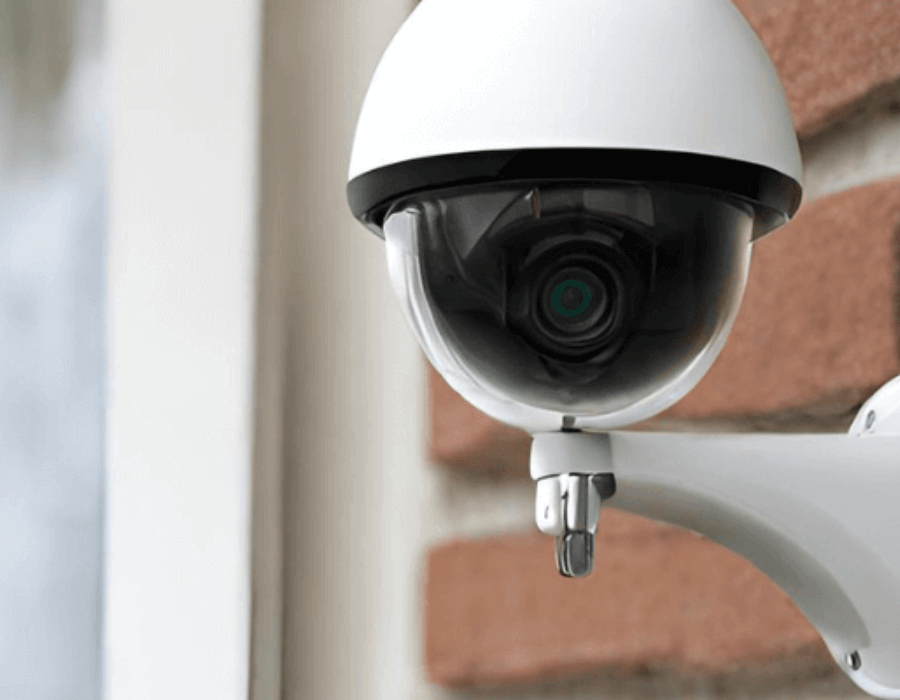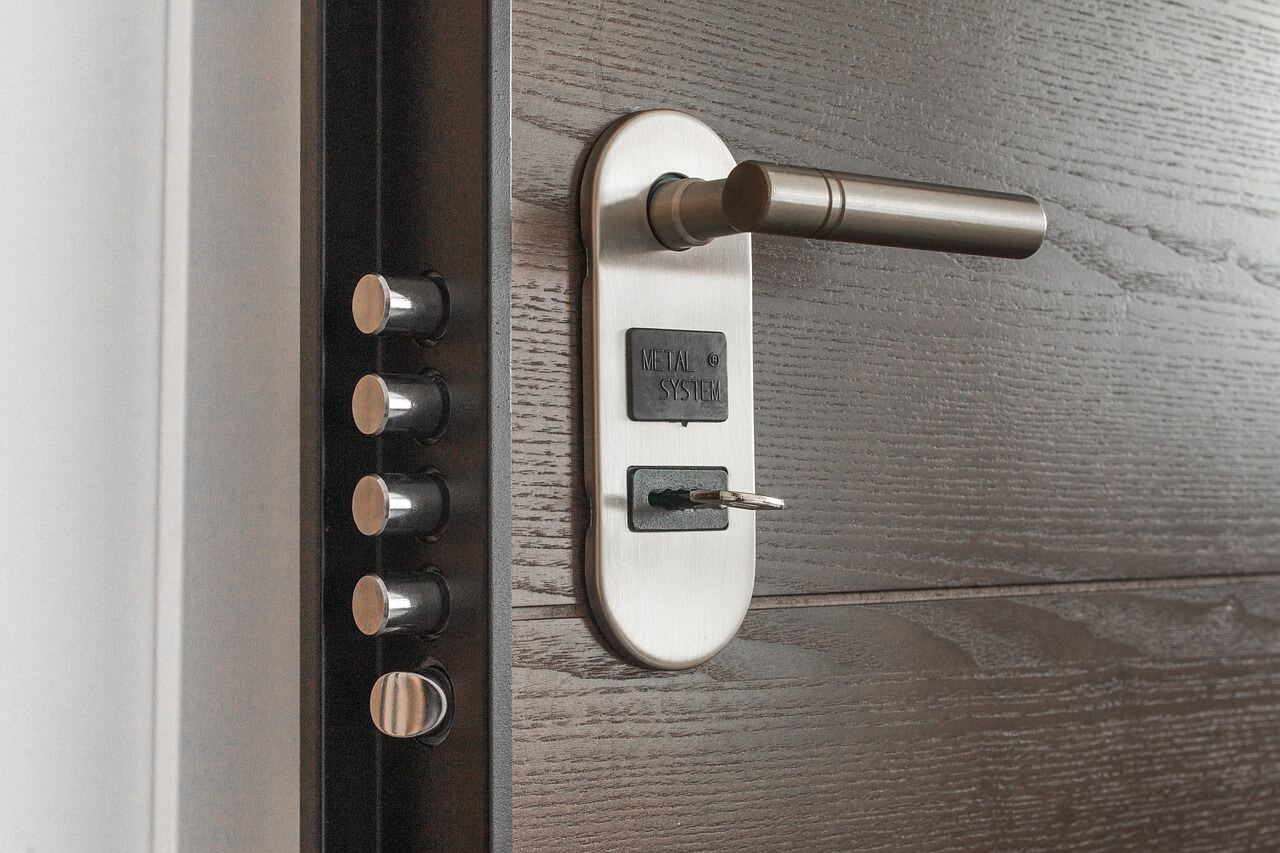Last Updated on March 2, 2022 by Alarm New England
Keeping track of your employee turnover, stored inventory, employee information, and valuables in display cases can be tricky.
Each business owner has unique security needs that can easily be met by an access control system. But what exactly are the components of an access control system? In this overview, we will discuss this question in more detail.
Access Control System Hardware
Here is a brief guide to various access control system parts.
Key cards and fobs
One of the things that buildings have to replace quite often is keys. However, when you have an access control system in place, key cards or access cards take the place of keys. Key cards will not only save you money on key replacement costs but are also easier to store.
Key cards allow you to access your building or certain rooms in a building by simply scanning or swiping them through a reader. Because each card is uniquely encoded, you can determine what door it can access. Essentially, this means that some areas of your building can remain inaccessible if need be.
Key cards are normally no larger than a normal bank card, which means they can easily fit inside a wallet. You can disable a key card at any time. In other words, if you lost your card or it got stolen, you won’t need to worry about any unwelcome visitors being able to access your facility.
You can also get fobs or key cards that grant access based on proximity. These work using radio-frequency identification (RFID), and you simply need to hold up the card or fob to the reader to gain entry.
Key card readers
One of the most important parts of a door access control system is the card reader. This electronic device scans the entry cards to grant your access to a building or room. While there are several types of card readers, they are all programmed to read the unique code of an entry card.
Decide which type of card reader will work best for your business before investing in an access control system. Card readers normally attach to the door itself or can be mounted to the wall next to the door they control.
The more restricted areas you have, the more card readers you will need. The great thing about them is that you don’t have to enter a password to enter. You can simply swipe, scan, or insert your key card to enter the room.
Keypads
If you prefer to not use entry cards to gain access to a building or restricted area, then keypads may be the perfect solution for you.
With a keypad, you don’t have to keep tabs on any access control parts. Instead of scanning an entry card, you can enter a passcode on a numeric keypad to enter a building or room.
However, it doesn’t have to be an either-or situation. You can use both card readers and keypads in your access control system.
Keypads act as an extra layer of security. You can use both a card reader and a keypad at the same door if need be.
Biometric readers
Keyless systems
If you don’t want to carry around a key card or remember a pin code, then you could opt for a keyless system or smart lock. This can function using your smartphone. The reader uses Bluetooth to communicate with your phone and grant access via an app.
Keyless systems are convenient and secure as you need to have the right credentials on your phone in order to gain access.
Locking mechanism
Every door needs a lock. With access control systems, this lock is electronic so that it functions alongside the card reader or keypad to lock or unlock the doors when access is granted to a building or a room.
There is more than one type of electronic hardware available, such as electromagnetic locks or electric strikes. The electric lock hardware you install will be dependent on the type of door.
Electric lock hardware allows you to freely exit the building whenever you need to. This means that in case of an emergency, you can unlock all doors instantaneously, ensuring that everyone will be able to get to safety and not be hindered by your access control system hardware.
Field control panels
Field control panels are the parts of door access control systems that help connect all elements together via a control panel. These panels are responsible for processing and relaying access control activity throughout the entire building to the access control software.
If you have a relatively large building with lots of access control activity, then you will need more panels. If you have a smaller location, then you may need to install only a couple of panels.
These panels are typically installed via electrical, communication, or telephone closets.
Alarms
To ensure the safety of staff or customers, access control systems often connect to fire or intrusion alarms. This helps your entire business security system to work in unison should an emergency occur.
If a fire breaks out or an unauthorized person attempts to access doors that are controlled by electric lock hardware, your access control system can sound an alarm.






